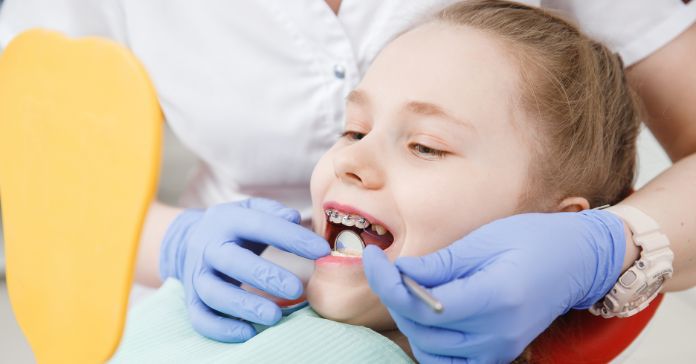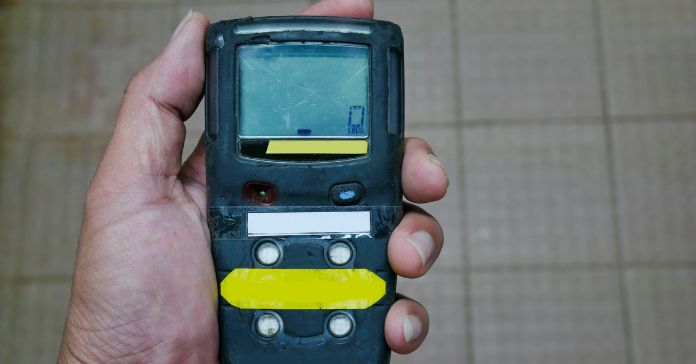
Navigating your child’s dental health can be confusing, and you may have questions about when to start brushing their teeth, how often they should visit the dentist, and whether they might need braces. These ways to tell if your child needs braces and when to get them can give you a framework for discussions with your child’s pediatric dentist.
Losing Baby Teeth Early or Late
The timing of losing baby teeth can significantly impact a child’s oral development and potentially increase their need for braces. If a child loses their baby teeth too early, due to factors like tooth decay or injury, the remaining teeth may shift into the empty space and hinder the proper eruption and alignment of their adult teeth.
On the other hand, if baby teeth fall out too late, the permanent teeth may become crowded or misaligned as they struggle to emerge. Both scenarios can result in crooked teeth or jaw misalignment that may require orthodontic treatment.
Thumb or Finger Sucking and Mouth Breathing
Habits like thumb or finger sucking and mouth breathing can significantly impact a child’s oral development and increase their need for braces. Thumb or finger sucking applies constant pressure on the teeth and jaw, which can cause the teeth to shift and create an overbite or crossbite.
Mouth breathing, often due to conditions like allergies or enlarged tonsils or adenoids, can alter the shape of the face and jaw and cause a misalignment of the upper and lower teeth. This condition is known as an open bite. These habits can also lead to issues like crooked teeth or overcrowding. If these habits persist, especially after the arrival of permanent teeth, consult an orthodontist. Braces or other orthodontic treatments can correct these issues, ensuring good oral health and development.
When Should My Child Get Braces?
The appropriate age for a child to get braces depends on their development and any orthodontic issues they face. Children should have their first orthodontic evaluation by age 7. At this age, most children will have a mix of baby and permanent teeth. Orthodontists can diagnose and treat developing problems easily at this stage with non-invasive methods.
Full braces are usually applied between the ages of 11 and 14—when permanent teeth have erupted—but before puberty—when jaw development has begun to settle and misalignment is more difficult to correct.
Note that these are general guidelines, and the best course of action should be determined by an orthodontist based on a thorough examination of your child’s oral health. Still, knowing these ways to tell if your child needs braces, including how thumb and finger sucking can lead to braces, can help you begin a discussion of braces with your pediatric orthodontist.







